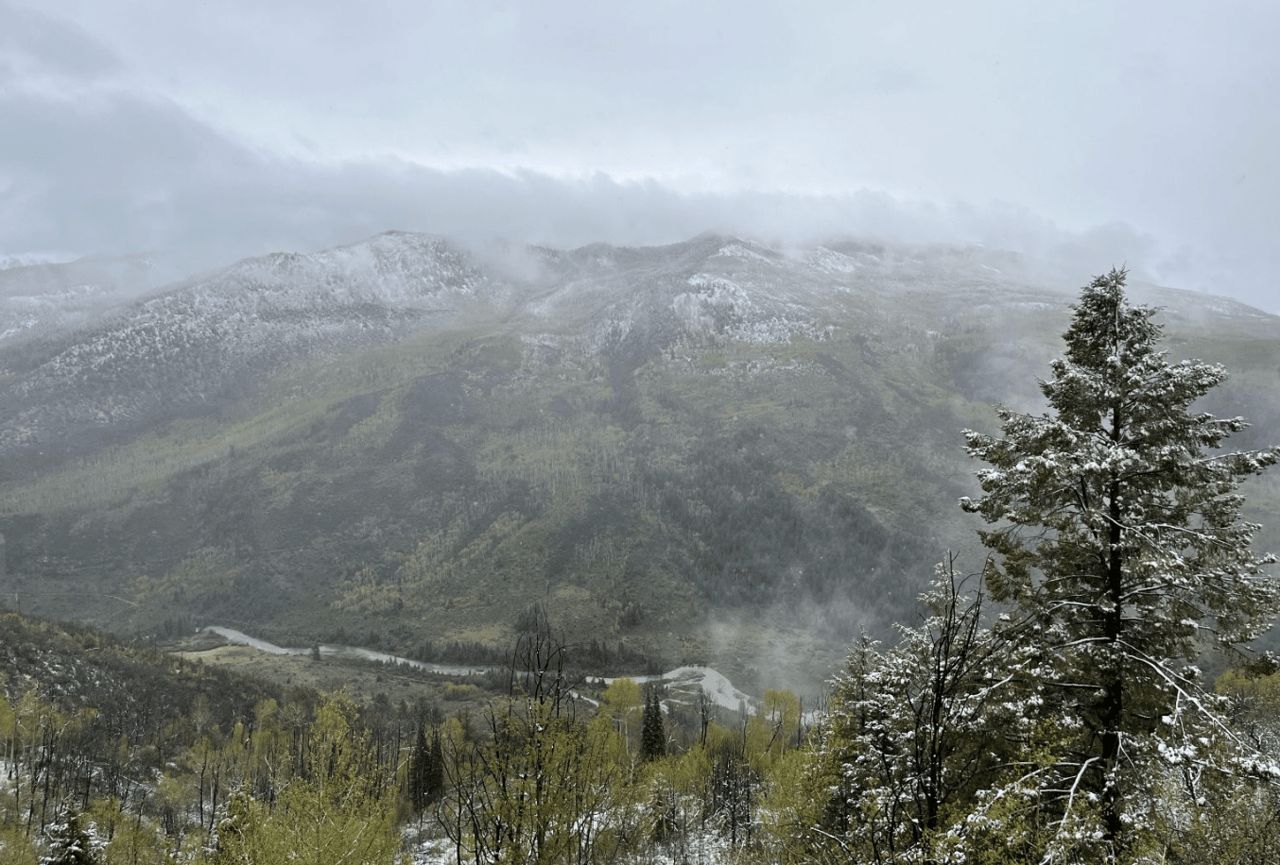Excitement Palpable For New Carbondale-To-Crested-Butte-Trail Portion, Yet Some Unanswered Questions Remain


The White River National Forest has finalized its decision, granting Pitkin County the authority to construct and maintain the Redstone to McClure Pass Trail across National Forest System land. This decision covers approximately five miles of trail that traverse protected lands.
Acting White River National Forest Supervisor Heather Noel highlighted the trail’s benefits.
“The trail will improve public access and provide a safer alternative to hiking and biking along Highway 133,” she said. “It will also help meet the growing demand for local and regional trail connectivity within the upper Crystal River Valley.”
The proposed seven-mile trail will feature a natural surface, designed for non-motorized, multi-use recreation, stretching from Redstone to the summit of McClure Pass. The trail will follow the historic paths of the Rock Creek Wagon and Old McClure Pass roads, within the Colorado Highway 133 right-of-way.
Construction details have yet to be announced, but some concerns remain.
“We had some pretty important contingencies on this. One of them was that when we consider further sections of the trail to complete, we do not consider the entire life of the trail,” Pitkin County Commissioner Francie Jacober said, referring to National Environmental Policy Act reviews for the entire length of the Carbondale to Crested Butte trail. “The other is that we took out the Avalanche Creek section that has wildlife that could easily be threatened. That will not be considered again.”
Francie Sanzaro of Wilderness Workshop said the recent decisions by the U.S. Forest Service ensure a comprehensive analysis of the environmental impacts of the entire trail will occur should any more portions of the trail be proposed for construction.
“I’m very grateful to the forest service and county for their willingness to make these changes,” she said. “For now, this is great news.”
She emphasized the need for a holistic approach to ensure recreation and wildlife can co-exist.
“We will continue to advocate with land managers and officials to effectively manage recreation to avoid, minimize, and mitigate impacts on public lands’ resources and values, including wildlife and their habitat,” she said, adding, “Our earlier objection to the Redstone to McClure Pass portion of the trail reflects this focus on ensuring a comprehensive look at impacts from not just one trail or trail segment but the entirety of recreational impacts on special places like the Crystal Valley.”
Initially, Jacober opposed the new section of the trail project.
“I kind of have a feeling that we have enough trails in this valley,” she said. “We don’t need to be breaking up wilderness stretches or riparian areas for trails. The wildlife are losing their habitat.”
However, she was impressed with how the first section trail was handled, noting respect for the riparian area.
“The removal of the east side of the Crystal River and the Avalanche Creek area convinced me that I could be a ‘Yes’ vote on that,” she said.
Some of the new trail runs along Highway 133, which has seen increased traffic in recent years.
“I was hoping that the Colorado Department of Transportation (CDOT) could agree to widen the road a bit for a bike lane, but I am not sure how that is going to look,” Jacober said, acknowledging the growing danger from more traffic and impatient drivers.
CDOT Region 3 Traffic and Safety Program Manager Zane Znamenacek noted, “It’s not ideal to have a trail right next to a highway.”
He mentioned that parts of the first section get quite close to Highway 133.
“We have asked and kind of pushed to get the trail as far away from the highway as practically possible,” he said.
He explained that guardrails were installed where the trail was very close to the highway.
“I feel like the new section of trail is definitely an improvement over what is there currently,” he said. “Ideally, the trail would be as far away from the highway as possible, or there would be some sort of barrier in place to protect riders.”
He noted that discussions about potential hazards for the new section have not yet begun.
Jacober indicated that she is uncertain how quickly the Pitkin County commissioners will proceed with construction on the new section, as more details need to be worked out. No new sections are currently being considered.
By: Westley Crouch I The Aspen Times I July 5, 2024